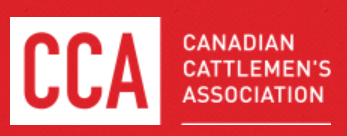Source: Canadian Cattlemen’s Association
Imports of Canadian beef to Japan have gained in volume and value since the Comprehensive and Progressive Agreement for Trans-Pacific Partnership (CPTPP) was implemented on December 30, 2018. On April 1, 2019 the second round of tariff cuts came into effect lowering the tariff further still.
In April, tariffs were reduced to 26.6 per cent on both Canadian fresh and frozen beef and further cuts will continue over the next several years. The initial tariff cut on December 30 lowered the Japanese beef tariff of 38.5 per cent to 27.5 per cent on Canadian fresh beef and to 26.9 per cent on frozen beef. Tariffs were also reduced for a range of offal products.
The CCA is closely monitoring the uptake of Canadian beef in Japan since December 30. With several factors at play, it will be at least a year before a clear trend can be established. Factors to watch include the ups and downs of seasonality and the buying behavior of Japanese importers under CPTPP, who are no longer held back by concerns over triggering a safeguard which would have caused the tariff to increase to 50 per cent. Also, as of late February 2019, Japanese officials were in the advanced steps of recommending eliminating the requirement that imported beef be from cattle under 30 months of age. The CCA anticipates that this development could be approved by mid-2019 thus expanding the ability to export beef to Japan.
The initial Japanese import statistics for January 2019 indicated positive volume gains in imports of Canadian beef and offal. The volume for January 2019 was 3,545 MT, more than triple the volume of December 2018 at 1,282 MT, and nearly that again compared with January 2018. The January 2019 volume is also higher (57.6%) than the average per month shipment in 2018.
In February, Japanese import statistics show 2,455 MT of Canadian beef and offal went to Japan. With most of Canada’s beef exports to Japan in the frozen category, importers can choose when the product will arrive. The difference in data between January and February suggests importers held back product until the CPTPP came into force in January to get the lower tariffs, thus lowering the figures for December 2018 and raising them in January 2019.
The CCA will continue to monitor the volumes over the next several months for indications of longer-term trends.








